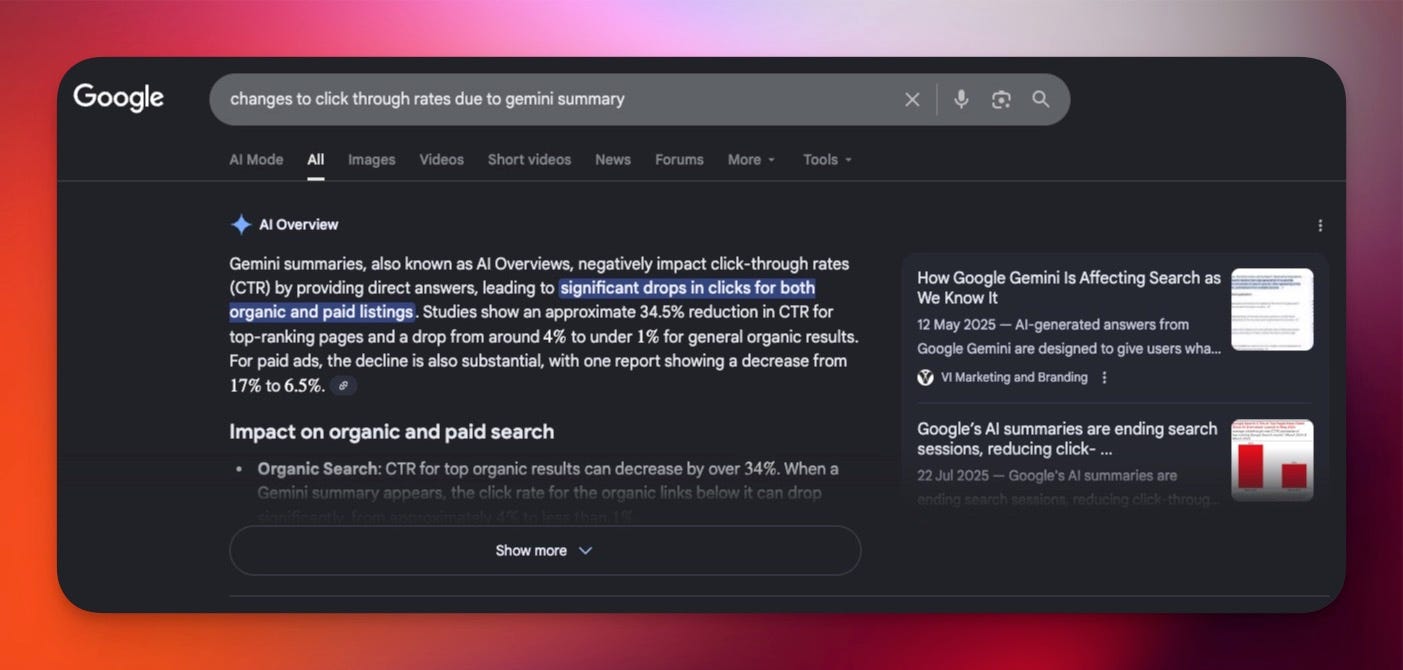Another option for integrating SAP AI Core service into your SAP Build Apps application is to use the existing core flow function “Create Record” via BTP destination REST API integration.
1. Configure the BTP destination REST API Integration in SAP Build Apps. You need to configure the additional common request headers and resource schema.
2. Design your page and UI controls in SAP Build Apps, then open the logic canvas to add logic to the desired UI control, include the “Create Record” flow function in the logic, and configure the input and output parameters accordingly.
3. Use the Create Record flow function to consume the new REST API Integration. Please note that although we use the “Create Record flow function,” we are not actually creating any new records in the backend AI service. Instead, we use this flow function to send a “Post” request, allowing the AI service to receive the “prompt” and respond accordingly. After receiving the response from the AI service, we need to further process the response, e.g., parse it and assign variables.
4. Deploy your app and run it
Link to previous blog: SAP Build Apps integration with SAP AI Core services: Part 2 – Integration via Javascript function
Another option for integrating SAP AI Core service into your SAP Build Apps application is to use the existing core flow function “Create Record” via BTP destination REST API integration.1. Configure the BTP destination REST API Integration in SAP Build Apps. You need to configure the additional common request headers and resource schema. 2. Design your page and UI controls in SAP Build Apps, then open the logic canvas to add logic to the desired UI control, include the “Create Record” flow function in the logic, and configure the input and output parameters accordingly. 3. Use the Create Record flow function to consume the new REST API Integration. Please note that although we use the “Create Record flow function,” we are not actually creating any new records in the backend AI service. Instead, we use this flow function to send a “Post” request, allowing the AI service to receive the “prompt” and respond accordingly. After receiving the response from the AI service, we need to further process the response, e.g., parse it and assign variables. 4. Deploy your app and run itLink to previous blog: SAP Build Apps integration with SAP AI Core services: Part 2 – Integration via Javascript function Read More Technology Blogs by SAP articles
#SAP
#SAPTechnologyblog















+ There are no comments
Add yours